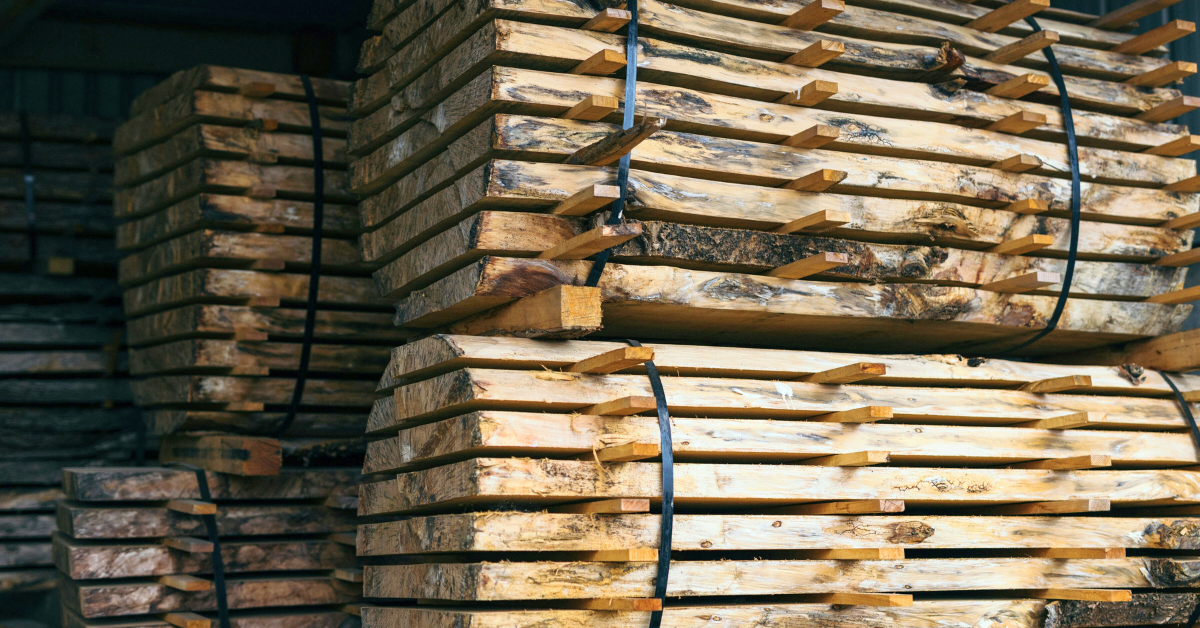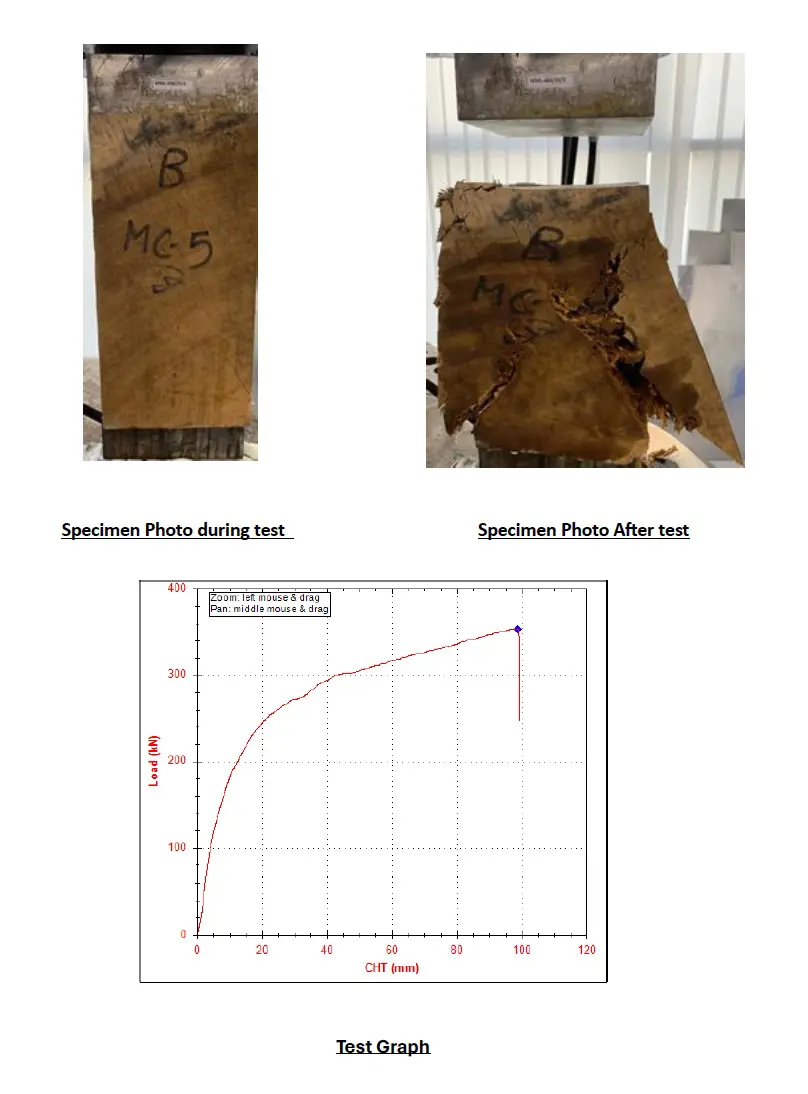Timber Compression Tests by Wimpey Laboratories

In this detailed exploration, we delve deep into the intricacies of timber compression testing, uncovering its profound implications for the solidity and safety of built environments. By meticulously analyzing compression tests, we reveal the innate resilience of timber as a construction material.
This comprehensive examination not only scrutinizes the fundamental principles of compression testing but also sheds light on the broader context of its application in real-world construction projects. From understanding the nuances of load-bearing capacities to optimizing structural designs, every aspect of timber compression testing is meticulously examined.
Ultimately, this exploration serves as a beacon for architects, engineers, and construction professionals, guiding them towards leveraging timber's inherent strength to create robust and secure structures that stand the test of time.
Timber, as a versatile building material, relies heavily on its compression strength. Understanding compression tests in timber is crucial for ensuring structural integrity and safety in construction projects.
Compression tests assess how much load a timber sample can withstand before it deforms or fails under intense pressure. This involves applying force perpendicular to the grain until the wood buckles or crushes.
Key parameters evaluated during compression tests include the compression strength and modulus of elasticity (MOE) measures the timber's stiffness, while compressive strength indicates its ultimate strength.
Several factors influence timber compression strength, including species, moisture content, and grain orientation. Different species exhibit varying levels of compressive strength, with hardwoods generally outperforming softwoods.
Moisture content significantly affects timber's compressive properties. Wet timber tends to be more pliable and less resistant to compression than dry timber. Therefore, controlling moisture levels is essential for maintaining structural stability.
Grain orientation also plays a crucial role. Timber is inherently stronger along the grain than across it. Therefore, load-bearing elements should be oriented to maximize grain alignment and enhance compression resistance.
Compression tests provide valuable insights into timber's performance under load, guiding engineers and architects in designing safe and durable structures. By understanding and optimizing compression strength, we can harness timber's full potential in construction while ensuring the safety and longevity of our buildings.
Wimpey Laboratories provides comprehensive services in the field of materials testing, including specialized compression tests for timber. These tests are crucial for determining the strength and structural integrity of timber used in construction and various other applications. By leveraging advanced testing techniques, Wimpey Laboratories ensures accurate and reliable results, helping clients meet industry standards and regulatory requirements.
To learn more about timber compression testing or to get a free quote, please contact us.

Latest News

08.04.2025
Innovation and Precision: How Complex Diagnostics Are Transforming Plant Health in the Field
Harnessing Technology for Smarter, More Sustainable Crop Protection.

03.04.2025
Cotecna COO Romain PETIT’s Visit to China
From March 24 to April 1, 2025, Cotecna Group Chief Operating Officer Romain PETIT visited China for a week-long trip.

